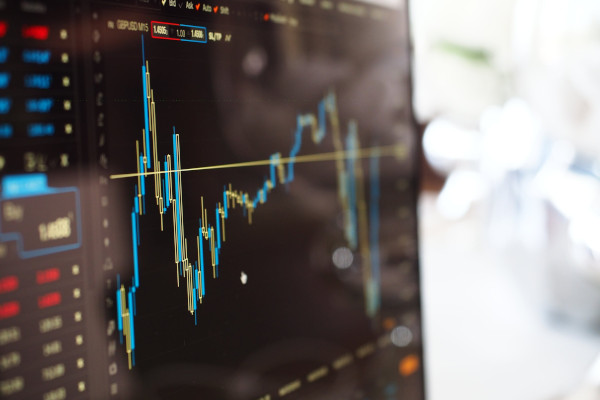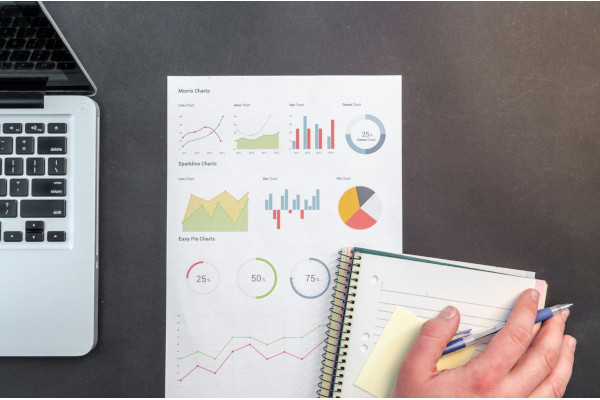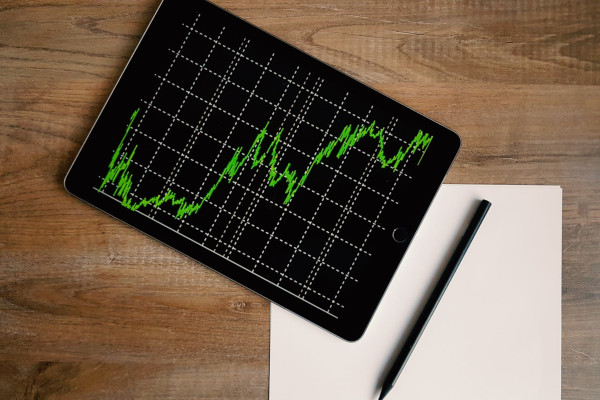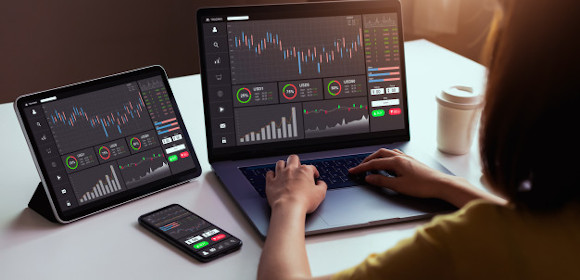Wing Trading vs Day Trading Examples
Swing trading, like some other trading ways, tries to capture gains in the stocks of the firm. This process is done over some days to some weeks. Traders of this trading using technical analysis to benefit the trade with trading opportunities. They analyze price trends and patterns in the market along with utilizing the fundamental analysis.
Day Trading
Day trading is opposite to long-term trading. The traders are speculators in this sort of trading who make speculations about the securities and the stocks. After they get a strong feeling of profit they engage in the buying and selling process of the stocks. This process is called day trading as the traders complete the process of buying and selling within the same day before the market closes and all the positions are closed. According to the U.S. Securities and Exchange Commission (SEC) points out that “days traders typically suffer financial losses in their first months of trading, and many never graduate to profit-making status.”

What is Day Trading Vs Swing Trading?
Both day trading and swing trading is a practice of expert and effective traders. Both the group of traders try to profit from short-term stock movements but the approach, strategies, and techniques applied are different. The difference is often visible to be noticed in its performances.

- Day traders use technical analysis to research the stocks and make proper decisions of investments to derive profit out of the several trades. Whereas swing traders focus and identify the swings and fluctuations in the stocks and other commodities and currencies for a certain period. Opposite to the day trading swing trade takes a little time in the trade like some weeks. It underlies the techniques and strategies of buying and holds and value investing methods of business.
- Day traders aim to make several trades within one day utilizing the stocks and instruments to make quick and more profit. Their objective is to derive small profits from trading several securities that collectively profit them, these traders do not trade or keep any position overnight. Swing trading can be tried by common and amateur traders also the most important thing required is some good knowledge of the market and investment support the trade. The positions in the market can also be taken overnight in the market.
- Speculations with research knowledge are very important in the day trading without which it might not be very successful. As compared to the day trade swing trading Takes a long time.
- This trading technique might be difficult for amateur traders as it requires rapidity in action in the open trade market. Whereas in swing trading anyone with little knowledge of the market and trade with little investment can make a profit.
- Day trading is a business of one day but its study takes huge time and thus time commitment is very much required in day trading. They need to monitor and study the changing positions of the securities minute by minute to check their profitability. Swing trading also requires time commitment but they buy and stock goods and when the market seems preferable for their business they enter the market for a certain period. But this doesn’t ask the time from the traders as much the day trading needs to be given.
- Competition is there in both the trading platforms. Day traders compete with the experts and the market professionals and who are already financially advantaged and require proper technology to survive in the market. Whereas swing trading doesn’t require a big amount of investment to start up the trading.
- Day trading gives more stress as it asks for greater study and monitoring of the stock positions every minute. It requires a greater understanding of the market than mere knowledge of it. Swing trading also adds risk and stress but to a lesser extent as compared to the day trading. If you are not willing to get into the trading line as a full-time job swing trading can be an option for you as it is easier than the day trading.

What are the Advantages and Disadvantages of Day Trading?
Advantages
- Day trading helps to reduce risk by constant monitoring.
- A properly executed day trading can give consistent returns.
- This trading way is more favorable in the high market volatility period.

Disadvantage
- There might be felt the presence of a bullish bias in the market when a long term trend is doing good and is going up as the market also moves up. And profit seems to be made in long positions.
- The long-term trend has a lot to do with the market condition. When the trend is down the market also moves down and the bearish bias appears in the market. [easier to make money on short positions.]
What are the Advantages and Disadvantages of Swing Trading?
Advantages
- It gives mote less stressful time to decide the position of the stocks with convenience.
- It doesn’t require any sort of daily monitoring of the stocks and its position movement.
- Swing trading doesn’t need any expensive or sophisticated tools measure the index and for other studies of the market.

Disadvantages
- Sometimes swing trading requires to give high margins for accommodating some unexpected stock price movements.
- Swing trading exposes the trade to risks of loss in the stocks which starts moving in the opposite direction as expected.
- Swing traders cannot use the rotation of the capital technique in the trade.


